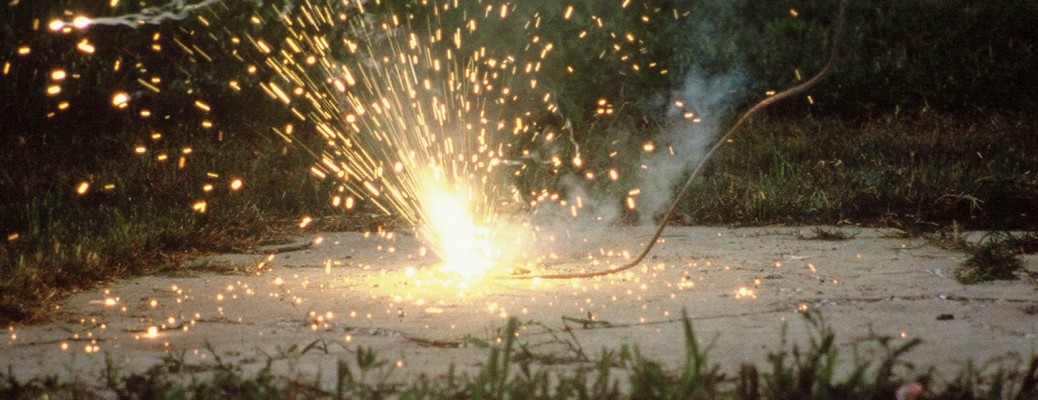How do power lines cause wildfires? – Power lines ignite wildfires in multiple ways. A separate page discusses multiple ignition mechanisms detectable by intelligent monitoring technology to be demonstrated in this project.
What is the project goal? The project will provide a large-scale demonstration of how patented, state-owned intelligent monitoring technology, developed by the Texas A&M Engineering Experiment Station (TEES), can provide early warning of downed, arcing lines and other circuit conditions capable of igniting current or future wildfires. Multiple participating utility companies will instrument approximately 100 combined circuits for two years.
Who is sponsoring and conducting the project? – TEES leads the project. The Texas legislature has appropriated funds for TEES to provide project support services, implement the hardware and software platform to demonstrate the monitoring technology, and subsidize participating utility companies’ acquisition of the intelligent monitoring devices. Participating utility companies purchase and install the devices and work collaboratively with TEES to investigate events detected by those devices. The Texas A&M Forest Service provides support in assessing relative wildfire risk factors. All of the aforementioned, plus multiple other state agencies and other organizations, constitute a Wildfire Project Advisory Council.
How will project success be measured? – TEES will work with participating utility companies to document events that demonstrate improved response to downed conductors and other circuit events capable of igniting current or future wildfires.
What is the project timeline? – A project initiation meeting, attended by legislators, state agencies, and multiple utility companies, was held at PUC headquarters in Austin in December 2013. TEES is enrolling utility company participants and plans to finish the enrollment process, including obtaining firm commitments from those participants, during spring 2014. A separate page details the timeline for deploying field hardware and commencing active monitoring. Demonstration funding is available through the current state biennium, which ends 8/31/2015, and will encompass the period of high wildfire risk in 2015. The project management team has requested that the project be extended through the next biennium, to add two additional years of monitoring under the state demonstration project.
As a utility company, how do I get more information about participation? Utility companies interested in participating should contact Carl Benner.
Are the monitoring technology’s benefits limited to wildfire mitigation? No. Detection of downed conductors has multiple other benefits, including a reduction in electrocution risk. The intelligent monitoring technology also provides “visibility” or “awareness” of circuit health and events, thus enabling improvements in work processes, system reliability, and operational efficiency. A separate page lists some of these benefits.
What happens to the monitoring devices and system when the state-sponsored demonstration ends? It is anticipated that project findings will lead to adoption of the technology as an operational tool. Project participants will own the monitoring devices they purchase as part of the project and will have multiple post-demonstration options. They may continue using their current devices or they may broaden their use of the technology by purchasing and installing additional devices. For database and web portal support, they may install their own master station or they may purchase those functions as a service.
